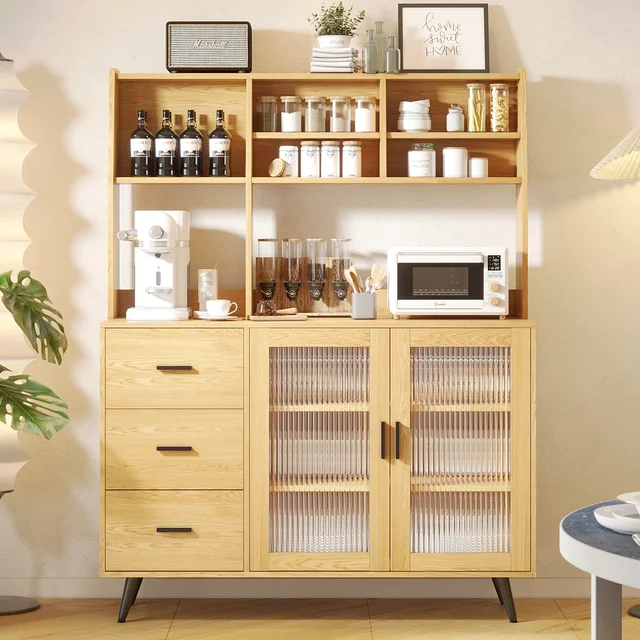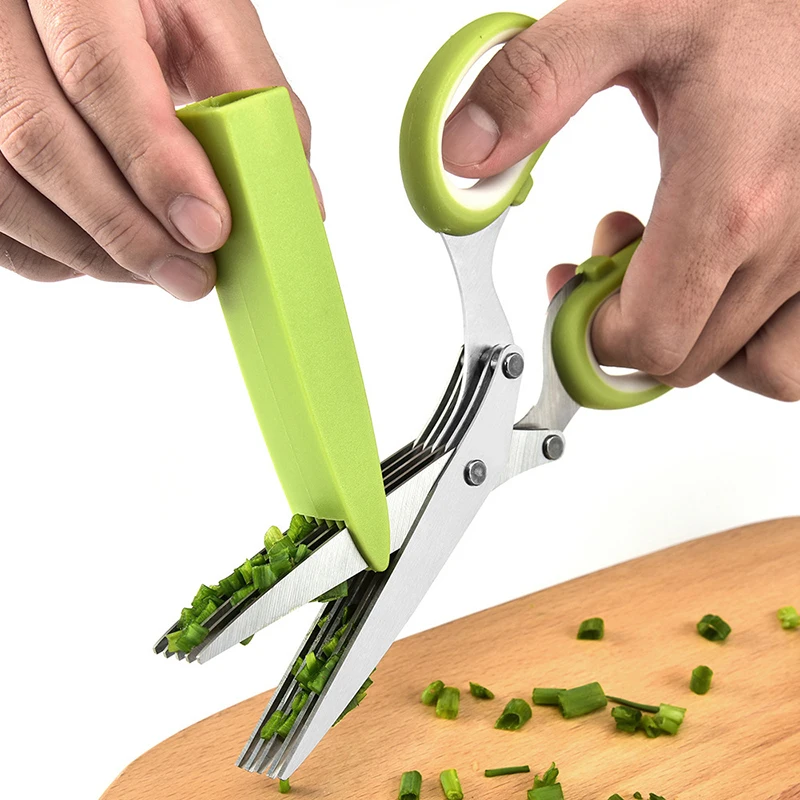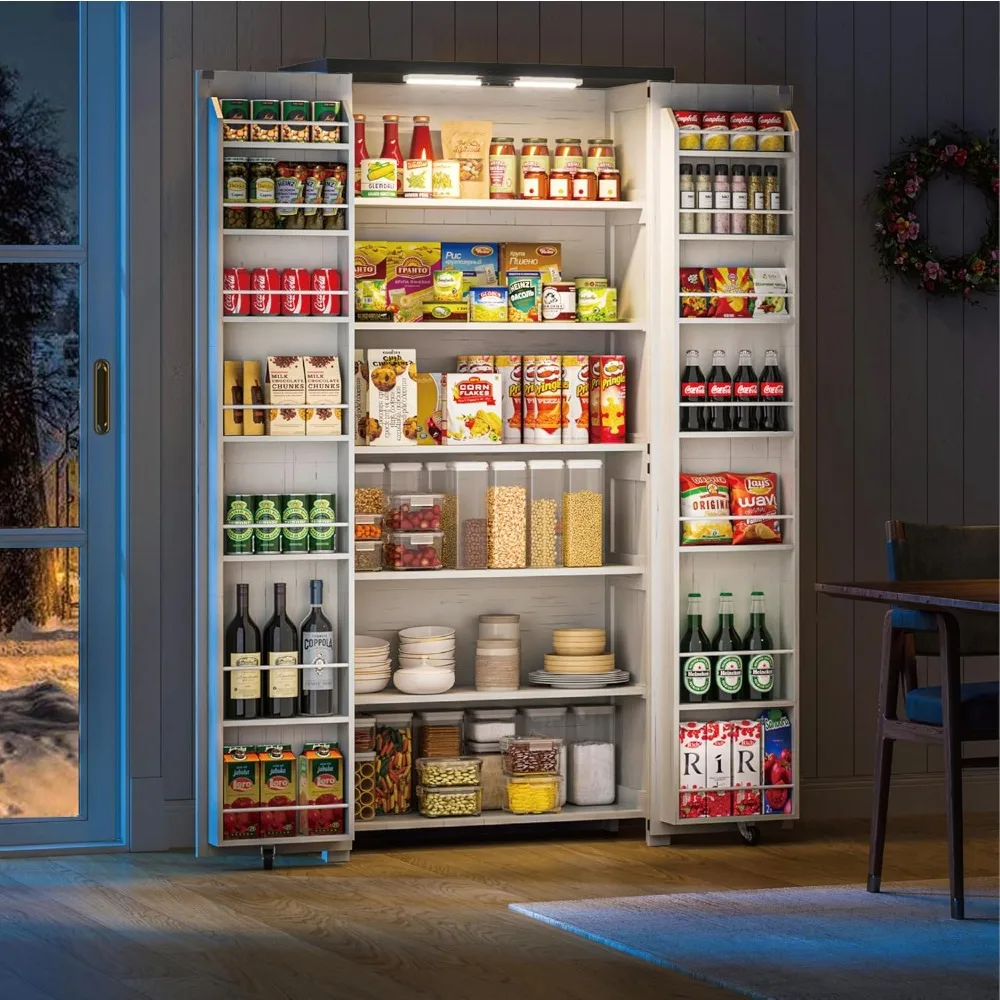Getting Started with DIY Kitchen Cabinets
Starting your DIY journey with kitchen cabinets can be exciting but requires careful planning. We’ll break down what you need to think about and how to build kitchen cabinets free plans.
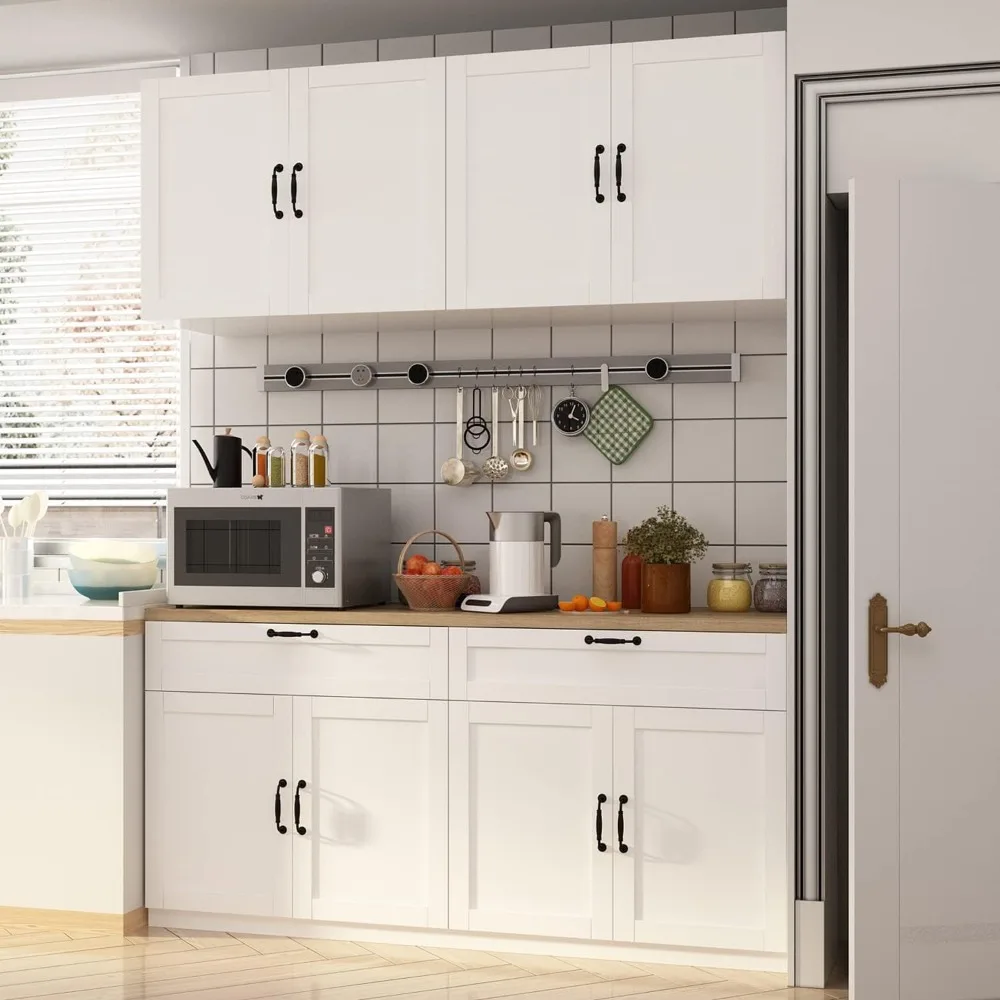
Factors to Consider Before You Begin
How to build kitchen cabinets free plans? Before diving into the nuts and bolts of kitchen cabinet construction, it’s important to assess several key factors:
- Budget: Determine how much you can spend on this project.
- Skill Level: Assess your DIY skills to select an appropriate plan.
- Tools: Make sure you have the necessary tools, or budget for them.
- Time Commitment: Be realistic about the time you can dedicate.
- Kitchen Use: Think about how you use your kitchen to guide design choices.
- Safety: Plan your project with safety in mind – proper gear and caution are key.
Taking these factors into account will help you choose the right plan and execute it safely and successfully.
Measuring Your Kitchen Space
Before you choose woods or pick out tools, knowing the exact size of your kitchen is crucial. Follow these steps:
- Wall-to-Wall Measurements: Measure the length of each kitchen wall.
- Height and Depth: Note the height to the ceiling and depth for cabinet placement.
- Appliance and Fixture Spaces: Mark the space needed for appliances and fixtures.
- Walkway Clearance: Ensure there is enough room for comfortable movement.
Accurate measurements are the foundation of a well-planned kitchen cabinet project. With the dimensions of your kitchen clear, you can move on to selecting materials that are within your budget, suit your skill level, and meet the needs of your household.
Selecting the Right Materials
When you’re ready to start your DIY kitchen cabinet project, selecting the right materials is a crucial step. How to build kitchen cabinets free plans?
Popular Wood Choices for Cabinets
Choosing the right wood is paramount for your cabinets. Here are popular options:
- Maple: Durable and with a subtle grain.
- Oak: Known for its strength and grain pattern.
- Walnut: Offers a rich color and fine texture.
- Cherry: Prized for its reddish hue and smooth finish.
- Alder: A softer wood with a consistent appearance.
Consider your budget as some woods can be pricey. Balance cost with the look and durability you desire.
Tools and Hardware Essentials
Having the right tools makes the job easier. Here’s a basic list:
- Drill: Needed for making holes and driving screws.
- Screws: They will hold your cabinets together.
- Wood Glue: Adds extra strength to joints.
- Hardware: Choose knobs or handles to match your style.
These are the basics, but remember, the project might require more specific tools. Plan and gather everything you need before starting. This helps avoid delays and makes your DIY kitchen cabinet project go smoothly.
Planning Your Cabinet Layout
Planning your DIY kitchen cabinet layout is a foundational step in your project. It determines how your kitchen will function and look once the cabinets are installed. Start by brainstorming what you need and how you want to utilize your space.
Mapping Out Cabinet Locations
Decide where you want your cabinets to be. Think about your kitchen’s workflow. Place cabinets near the dishwasher for easy unloading. Consider corner cabinets for added storage. Use tape to outline cabinet placement on walls. This helps you visualize the final result before you start building.
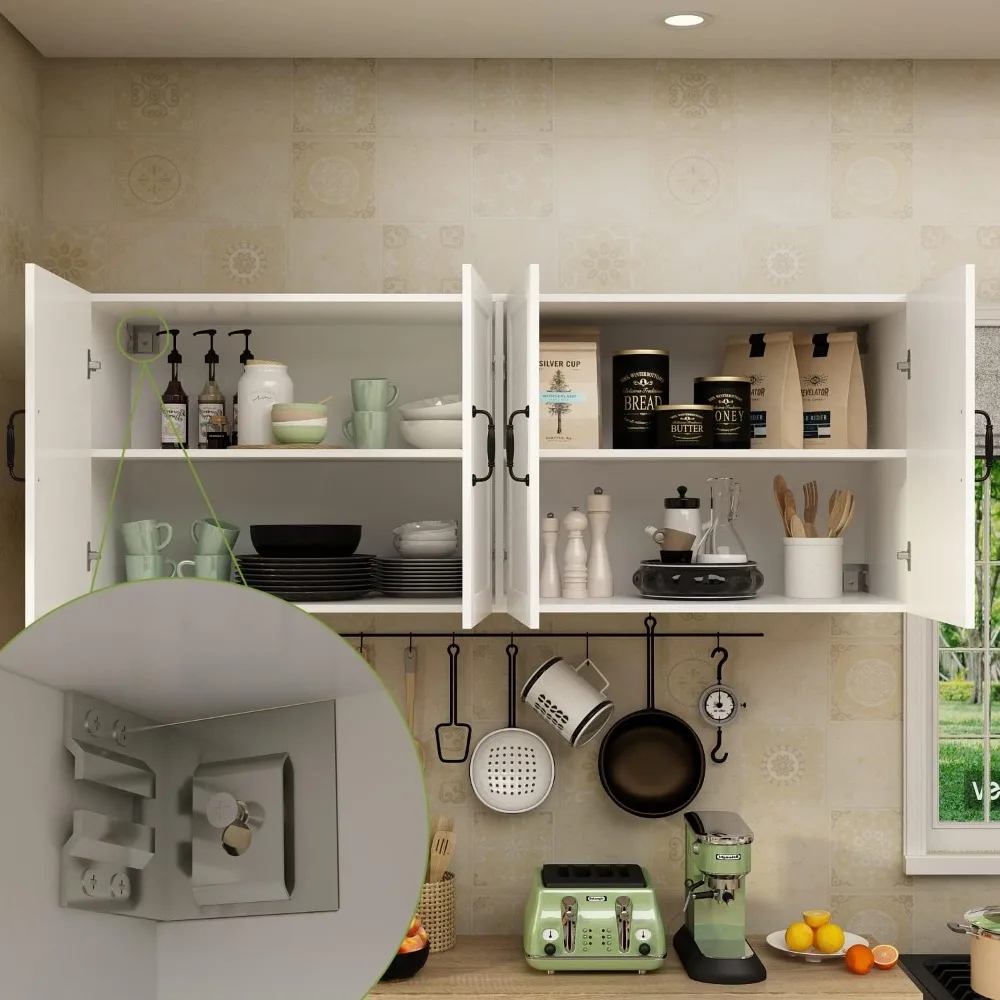
Design Considerations for Functionality
Think about what goes inside the cabinets. Design for ease of reach and maximum storage. Prioritize frequently used items to be within arm’s reach. Explore adding a lazy Susan in corner cabinets. Ensure doors can open without obstruction. Safety is important, so plan for secure mounting and proper spacing around stoves and other appliances.
Free DIY Cabinet Project Plans
Turning your kitchen into a DIY project can bring a sense of accomplishment and creativity. Here are some fantastic free plans to help you build kitchen cabinets like a pro.
Domestic Imperfection’s Step-by-Step Guide
Domestic Imperfection offers a full walkthrough for creating large kitchen cabinets. Their guide is thorough, with easy steps and clear plans. Ideal for those with a bit more space to fill, this DIY helps you through the entire process – from planning to installation.
Ana White’s Kitchen Base Cabinets Tutorial
Ana White provides a detailed tutorial for constructing a kitchen base cabinet. The plans come with clear diagrams and easy-to-understand terminology. Whether you’re a beginner or a seasoned DIYer, these plans help you build a solid foundation for your kitchen.
Thrifty Decor Chick’s Ceiling-High Cabinets
For those who dislike wasted space, Thrifty Decor Chick has a plan that allows your cabinets to reach all the way to the ceiling. With a detailed guide including a header piece and upper molding, this project maximizes your kitchen’s storage capacity.
Innovative Cabinet Plan Ideas
The right cabinet plan can upgrade your kitchen’s form and function. Discover these innovative ideas for your next project.
Upcycled Barn Wood Style Cabinets
Transform old wood into unique kitchen cabinets with a barn wood style. Utilize existing materials for a cost-effective and eco-friendly design.
Building a Fridge Enclosure Cabinet System
Integrate your bulky fridge into your cabinetry. Build a sleek enclosure for a seamless look. Add storage above with simple to build cabinets.
Implementing Pull-Out Shelves
Enhance storage with pull-out shelves. These add convenience and accessibility to hard-to-reach items at the back of your cabinets.
Specialized Cabinet Solutions
Finding the perfect cabinet solution can elevate your kitchen’s functionality. Here are some specialized cabinet plans to consider.
Crafting Corner Wall Cabinets
Corner wall cabinets maximize space in challenging corners. Create an efficient storage area with these detailed plans. Ana White offers a plan that matches wall cabinets with 11.5-inch plywood rips. It ensures a seamless face frame alignment. Learn how with Ana’s step-by-step guide and diagrams.
Adding Lower Cabinet Rollouts
Increase your storage with rollouts. These simple bins slide out for easy access to items. The Family Handyman’s plans show you how to measure, choose materials, and install rollouts. Boost your kitchen storage and find convenience in every slide.
Creating Open Shelving with Crates
Use crates for rustic open shelving and functional decor. Instructables provides a plan that transforms crates into stylish kitchen shelves. Make an impact with minimal effort and budget. Check out the guide for a creative shelving solution.
Advanced Cabinet Projects
Embarking on advanced cabinet projects means taking on more complex designs with added functionality.
Constructing Drawer Bases
Building drawer bases enhances storage and organization. Start by selecting sturdy materials suitable for the drawer slides and hardware. Create a detailed plan to measure and cut the wood and assemble the frames. Follow guides like Ana White’s to ensure proper construction.
Utilizing Space with Shelves Above Cabinets
Maximize kitchen space by adding shelves above cabinets. Use a finish nailer and miter saw for precision. The Family Handyman’s guide can help you secure these shelves for additional storage. Make sure to measure the area above your cabinets to fit the shelves perfectly.
Ready-to-Assemble Cabinet Options
For those who want a less hands-on approach, consider ready-to-assemble cabinets. Follow Instructables’ steps for an easy build. This option saves time and still allows customization of the final look and layout of the kitchen cabinets.
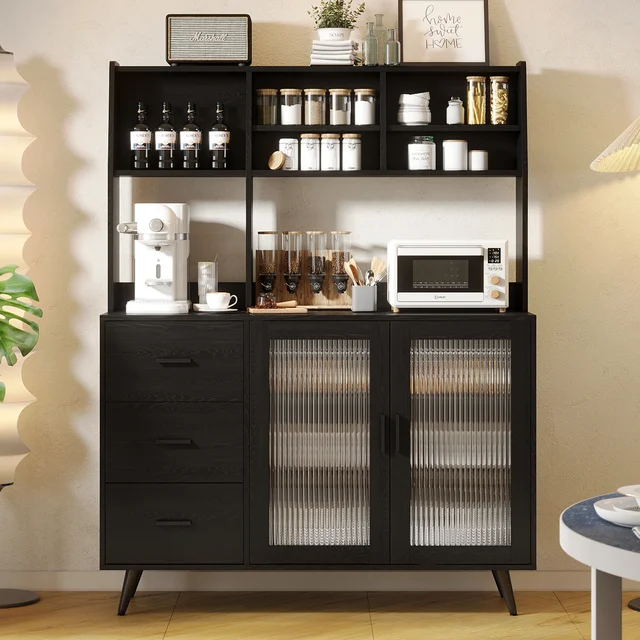
Final Touches on Your DIY Kitchen Cabinets
As you near the completion of your kitchen cabinet DIY adventure, the final touches can make all the difference.
Corner Kitchen Cabinet Tips
Building corner cabinets requires extra attention. Here are some quick tips:
- Measure twice: Corner spaces are tricky. Double-check your measurements.
- Hinge placement: Ensure hinges are on the correct side to allow full access.
- Use space efficiently: Consider installing lazy Susans or pull-out drawers.
- Match the design: Align the style with other cabinets for a cohesive look.
Follow these tips to make the most of your corner kitchen space.
Detailed Base Cabinet Designs
Base cabinets are the foundation of your kitchen storage. Here are some ideas:
- Toe-kick drawers: Utilize the space at the bottom for extra storage.
- Adjustable shelves: Flexibility in storage options is key.
- Sturdy construction: Use strong joinery techniques for lasting durability.
Incorporate these concepts for robust and practical base cabinets.
Sink Base Cabinet Specifics
Sink base cabinets have their unique considerations:
- Waterproof materials: Use moisture-resistant woods or finishes.
- Opening for plumbing: Cut precise openings for pipes.
- Support for the sink: Ensure the cabinet can bear the sink’s weight.
Carefully plan your sink base to prevent future water damage and structural issues.
With these final touches, your DIY kitchen cabinets are set to impress.
Remember to apply the knowledge gained from extensive plans such as those from Ana White and Domestic Imperfection throughout your project. Happy DIY-ing!
